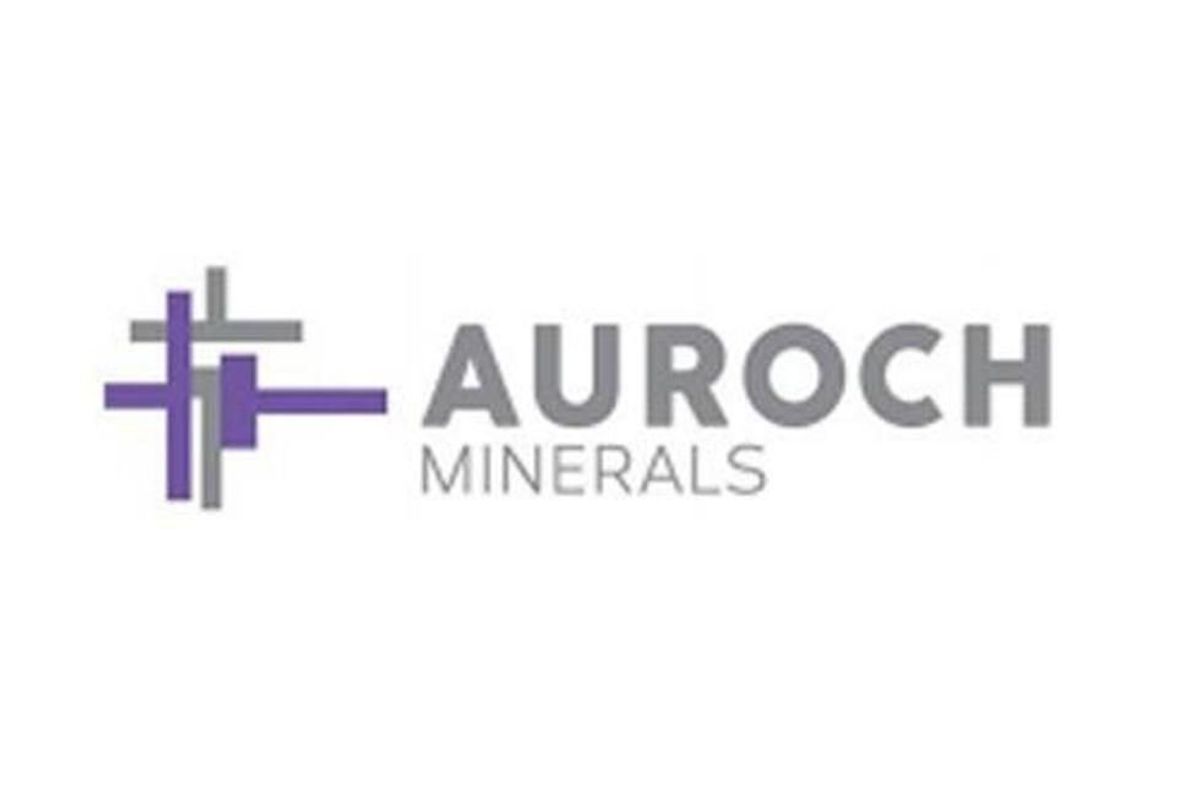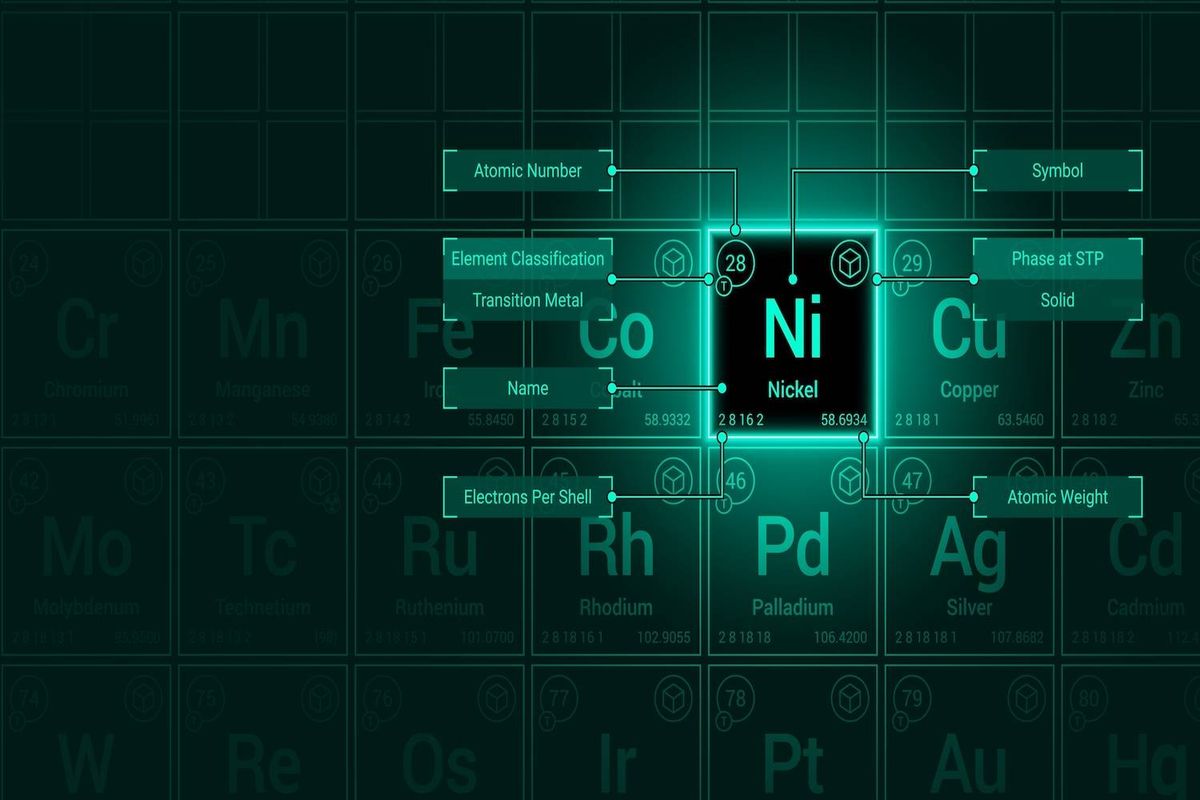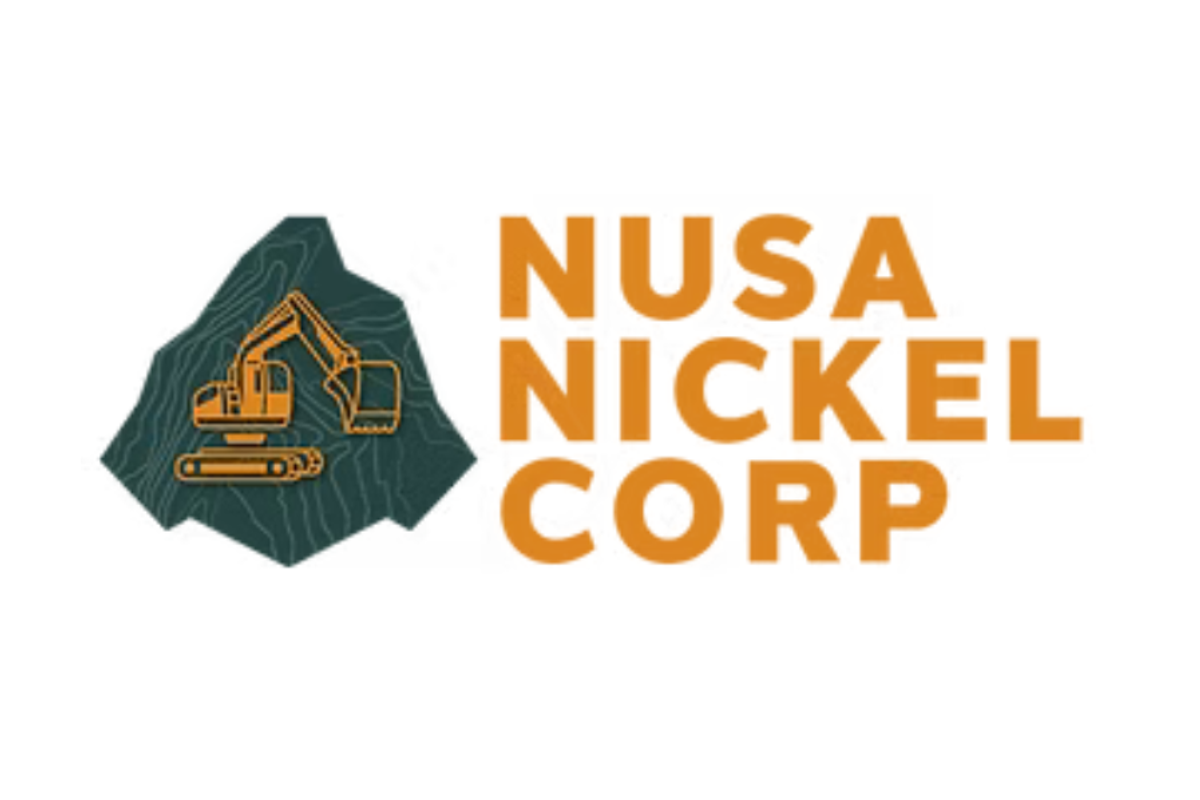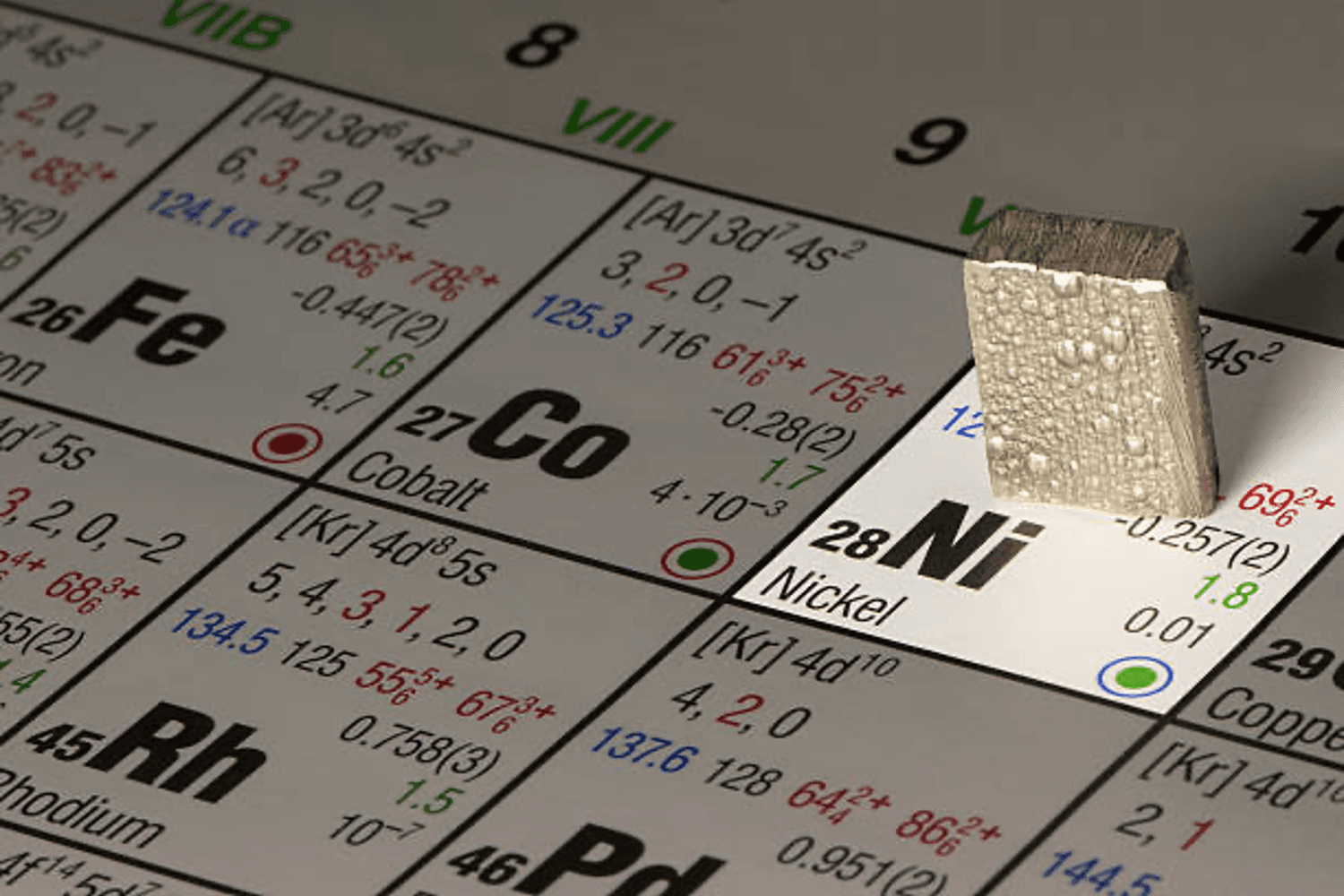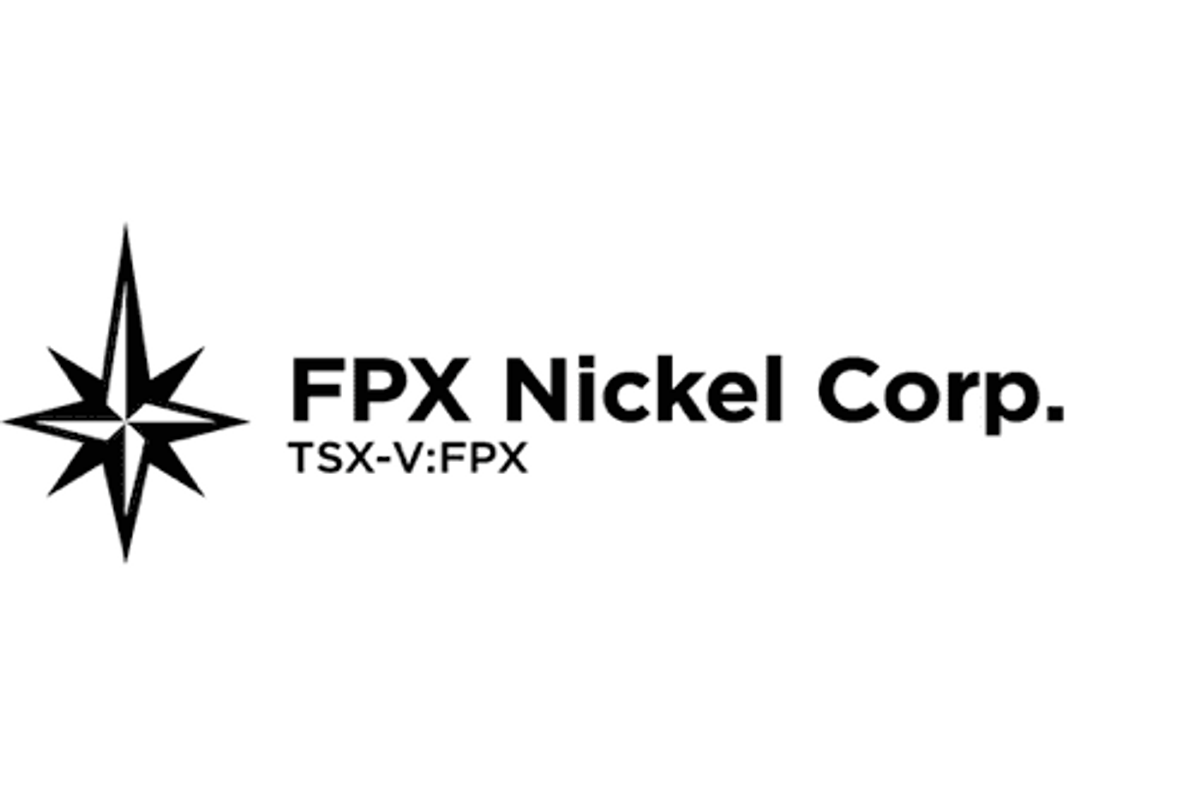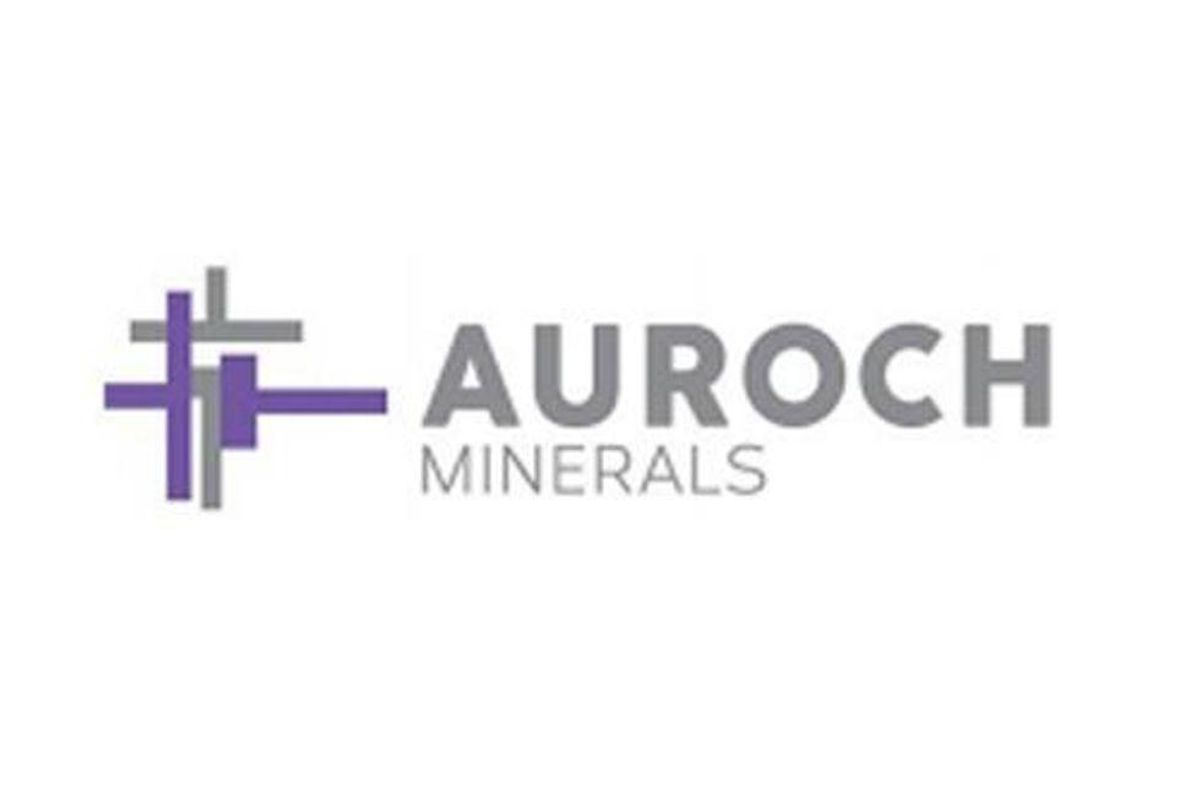
November 14, 2022
Auroch Minerals Limited (ASX:AOU) (Auroch or the Company) is pleased to announce that assay results have been received for exploration and resource drilling at the Nepean Nickel Project (Nepean; Auroch Minerals 80%; Lodestar Minerals 20%) in Western Australia.
Highlights
- Assays received for Nepean RC drill programme comprising four holes for 695m
- Programme comprised two infill holes at the shallow Nepean nickel sulphide resource and two exploration holes at the Nepean North IP target
- Significant results from shallow resource drilling included:
- 1m @ 2.08% Ni, 0.25% Cu & 0.83g/t PGE from 47m (NPRC083)
- Resource drill-hole results will be used to potentially increase the proportion of Indicated Resources of the shallow (above 290mRL) Nepean Mineral Resource Estimate (MRE) of 236kt @ 1.5% Ni and 0.11% Cu for 3,625t Ni & 252t of Cu1
A four-hole reverse-circulation (RC) drill programme totalling 695m was conducted over both the shallow Nepean nickel MRE and the Nepean North IP target. Two drill-holes targeted the northern portion of the shallow (top ~120m from surface) MRE at Nepean, with the aim to potentially upgrade a significant portion of the current Nepean Resource from an Inferred category to an Indicated category. Significant results from these two holes are listed below:
- 1m @ 2.08% Ni, 0.25% Cu & 0.83g/t PGE’s (Pt & Pd) from 47m down-hole (NPRC083), and
- 1m @ 1.18% Ni, 0.11% Cu & 0.49g/t PGE’s from 29m within a wider mineralised zone of
4m @ 0.84% Ni, 0.05% Cu from 28m (NPRC083); and - 1m @ 0.72% Ni, 0.07% Cu & 0.15g/t PGE’s from 52m (NPRC082).
Importantly, these results correlate closely with the results from nearby historic drill-holes used in the current MRE of 236kt @ 1.5% Ni and 0.11% Cu for 3,625t of contained nickel and 252t of contained copper.1 The data from both the new drill-holes and the historical drill-holes will be used to update the shallow Nepean MRE, with the aim to materially increase the proportion of Indicated Resources, which is currently approximately Inferred (50%): Indicated (50%). If as expected, the upgrade in resource category will provide higher confidence in the ongoing internal scoping studies into the viability of a shallow mining operation at Nepean.
At the Nepean North prospect, two deep RC holes targeted a chargeability anomaly identified during a ground IP survey over the northern strike of the Nepean ultramafics. The chargeability anomaly was positioned on the prospective contact of the komatiitic ultramafic and the footwall basalt unit and was within proximity to an exploration hole approximately 700m to the south which intercepted fertile magnesium rich (>40% MgO) ultramafics.
The geophysical target was considered a high priority nickel sulphide target and two holes were planned to drill to ~300m and intercept the modelled chargeability anomaly. Drill-holes NPRC084 and NPRC085 were drilled to 238m and 301m, respectively. Both holes intercepted thick ultramafics, with magnetite observed within the planned target intervals.
Unfortunately, significant ground water was intercepted at approximately 200m depth in both holes which impeded the drilling; however, it was considered that both holes reached an adequate depth to test the IP target. Geochemical assays of the samples from the target intervals produced no significant results and a poor Ni:Cr ratio was observed in both holes, suggesting that the intercepted ultramafic unit was unfavourable for nickel sulphide mineralisation. The Company believes the chargeability anomaly is likely to have been caused by the magnetite mineralisation and possibly the deep saline aquifer.
Auroch Managing Director Aidan Platel commented:
“The results from the recent RC drilling into the shallow nickel mineralisation correlated well with the historic drilling in the area, which is a great result as it means we can now update the MRE and potentially increase the proportion of Indicated Resources, which is important to the ongoing Scoping Study looking towards potential short-term mining of the shallow nickel mineralisation.
On the exploration front we continue to work up new targets and systematically test them for potential new nickel sulphide discoveries.”
Click here for the full ASX Release
This article includes content from Auroch Minerals, licensed for the purpose of publishing on Investing News Australia. This article does not constitute financial product advice. It is your responsibility to perform proper due diligence before acting upon any information provided here. Please refer to our full disclaimer here.
AOU:AU
The Conversation (0)
23 September 2021
Auroch Minerals
Exploring High-Grade Nickel Sulfides in Western Australia
Exploring High-Grade Nickel Sulfides in Western Australia Keep Reading...
08 January
Nickel Market Recalibrates After Explosive Trading Week
Nickel prices stabilized on Thursday (January 8) after a turbulent week that saw the market swing sharply higher before retreating as traders reassessed the balance between existing supply risks and a growing overhang of inventory.Three-month nickel on the London Metal Exchange (LME) hovered... Keep Reading...
05 January
Nusa Nickel Corp. Provides 2025 Year-End Corporate Update and 2026 Outlook
Nusa Nickel Corp. is pleased to provide a year-end update highlighting key achievements in 2025 and outlining strategic priorities for 2026 as the Company continues to build a vertically integrated nickel business in Indonesia.2025 Year-End Highlights-Successfully advanced into production during... Keep Reading...
16 September 2025
FPX Nickel Announces Funding Contribution from Natural Resources Canada to Advance the Baptiste Nickel Project
FPX Nickel Corp. (TSXV: FPX), (OTCQB: FPOCF) ("FPX" or the "Company") is pleased to announce that it has been awarded a total of $3.5 million from Natural Resources Canada's Critical Minerals Infrastructure Fund ("CMIF"). The confirmed funding is a non-repayable contribution to support the... Keep Reading...
08 July 2025
South32 Announces Up to US$100 Million Sale of Cerro Matoso, Shifts Focus to Critical Minerals
South32 (ASX:S32,OTC Pink:SHTLF) said on Monday (July 7) that it has agreed to sell the Cerro Matoso nickel mine in Colombia to a subsidiary of CoreX Holding following recent changes in the nickel market.South32 now plans to focus on critical minerals, describing its flagship Hermosa project in... Keep Reading...
17 June 2025
FPX Nickel Completes Production Run of Battery-Grade Nickel Sulphate to Support Discussions with Prospective EV Battery Supply Chain Partners
FPX Nickel Corp. (TSXV: FPX) (OTCQB: FPOCF) ("FPX" or the "Company") is pleased to announce successful production of additional battery-grade nickel sulphate from its Baptiste Nickel Project ("Baptiste" or the "Project"). Building on the success of previous testing campaigns, a production run... Keep Reading...
07 May 2025
Update - Blackstone Merger to Acquire Copper Gold Project
Blackstone Minerals (BSX:AU) has announced Update - Blackstone Merger to Acquire Copper Gold ProjectDownload the PDF here. Keep Reading...
Latest News
Interactive Chart
Latest Press Releases
Related News
TOP STOCKS
American Battery4.030.24
Aion Therapeutic0.10-0.01
Cybin Corp2.140.00
